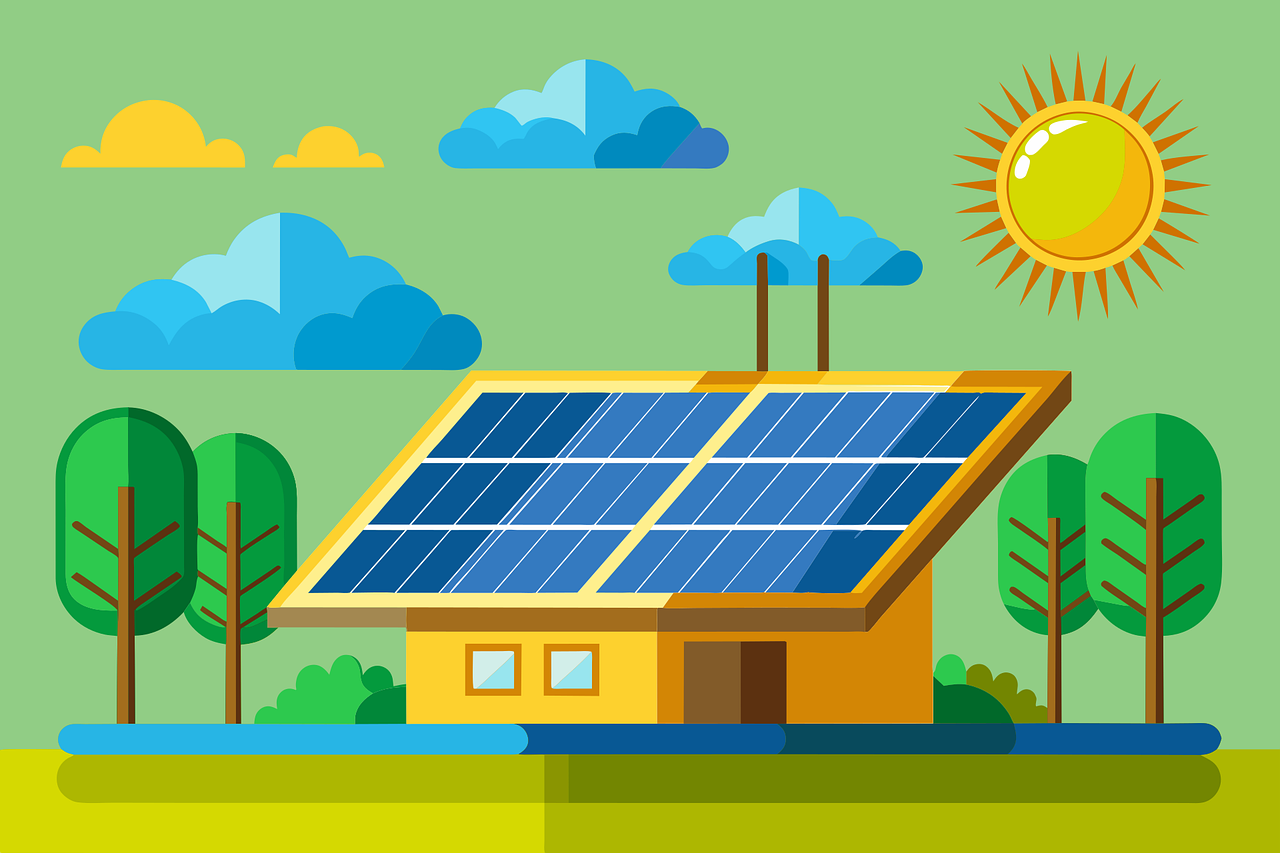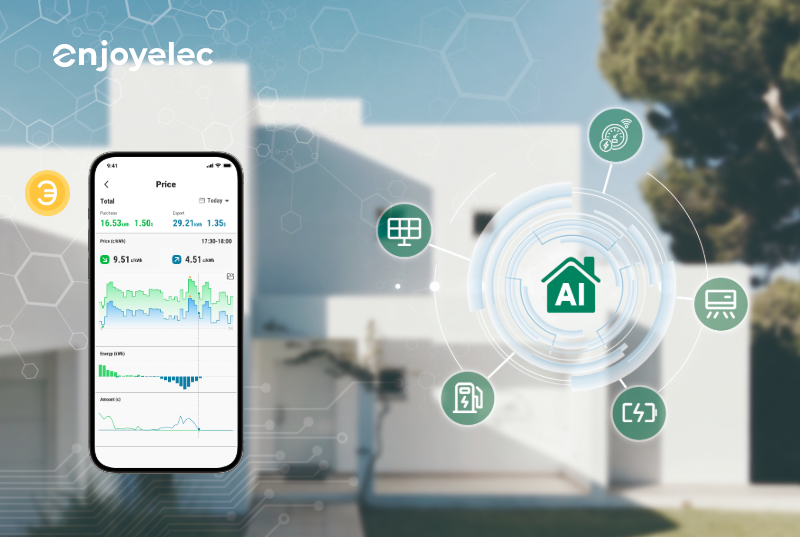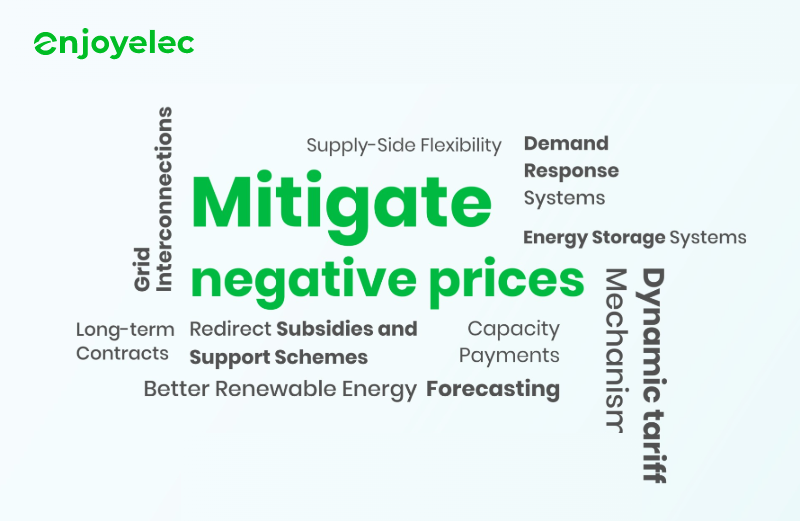Demand Flexibility: Revolutionizing Energy Management
Countries across the globe are shifting from fossil fuels to renewable energy sources in order to attain their Net Zero goals. While this shift is environmentally advantageous, it poses a significant challenge: the current inability to promptly ramp up or down the production of solar, wind, and hydroelectric power to accommodate fluctuations in demand. To address this issue, one potential solution is fostering demand flexibility, which encapsulates the capacity, incentive, and readiness of consumers to adjust their energy consumption in alignment with the grid’s requirements.
What is the Demand Flexibility?
Demand Flexibility, an innovative approach that incentivizes individuals and businesses to reduce their electricity usage during peak hours, thereby avoiding reliance on costly excess generation capacity and effectively lowering peak demand. Demand flexibility refers to the capability of demand-side loads to adapt their consumption patterns hourly or on other timescales. It contributes to making electricity more affordable by encouraging customers to conserve power during high-price periods. Furthermore, it enhances the reliability of the electric grid by reducing demand during peak stress, and aids in the development of a cleaner grid by adjusting usage to maximize renewable energy sources like wind turbines and solar panels when available. Demand flexibility is already happening at scale and itis growing. For example, in Great Britain the ElectricitySystem Operator’s (ESO) Demand Flexibility Service sawover a million consumers shift ~3 GWh of electricity fromperiods of peak demand in Winter 2022-23.2 As suchservices expand, we need robust methods underpinning them to establish a fair playing field for flexibility service providers and consumers. There are many ways to deliver demand flexibility, with different methods for valuing its contribution to the system and rewarding consumers.
Demand flexibility consists of two essential components:
- It utilizes automatic control mechanisms to continually reshape a customer’s demand profile in a manner that either goes unnoticed by the customer, such as decoupling the timing of grid usage from actual end-use through energy storage, or has minimal impact on the customer’s experience, for instance, by shifting the timing of non-critical loads within customer-set parameter.
- For customers connected to the grid, demand flexibility harnesses more refined rate structures, including time-of-use pricing, real-time pricing, demand charges, and distributed solar PV export pricing, to provide transparent retail price signals that either directly inform customers or are communicated through third-party aggregators. These signals monetize the capability of demand flexibility to lower costs for both customers and the grid.

Why do we need demand flexibility?
In the past, the National Grid’s approach to managing increasing demand was reactive. This entailed, in the short term, utilizing “peaking” power plants during high-demand hours, which are temporarily activated and often rely on costly and environmentally unfriendly fuels like gas or diesel.
Over the long term, this reactive methodology led to the construction of more infrastructure: additional power stations, substations, and transmission and distribution lines.
However, today’s energy system necessitates a different tactic. Instead of considering demand as an immutable factor, the demand flexibility system (DFS) provides incentives for energy users to adopt alternative consumption patterns. In essence, it financially rewards individuals and businesses for altering their energy usage habits. This approach helps smooth out the peaks and valleys in demand, thereby reducing the reliance on peaking plants.
Small-scale flexibility
Demand-side flexibility can only be provided by controllable loads, such as smart distributed energy resources(DERs). The fact that their demand does not have to be met instantly, translates into flexibility:
-
Batteries are designed to provide flexibility. Their load is completely flexible so that they can operate in response to generation patterns. If generation exceeds demand, they can be charged and, vice versa, discharged if generation fails to meet demand.
-
EVs must be sufficiently charged by the time of departure to meet drivers’ mobility needs. So, during the charging session, charging can be adjusted according to external factors, such as price signals, to shift demand to periods with lower prices. Smart charging technology is crucial to ensure that peak loads are minimized without affecting use comfort. With vehicle-to-grid technology, EVs can even “switch” sides and be used like a battery to supply power to the grid.
Grid-scale flexibility
-
Batteries
Large-scale batteries are also vital in providing grid-scale flexibility. This works in the same way of charging and discharging electricity according to consumption patterns, but with larger amounts of stored energy.
-
Virtual Power Plants
Aggregating the flexibility of many DERs and bringing this flexibility to power markets can provide system-wide benefits. This is called Virtual Power Plants (VPP). Virtual power plants can be used to connect and trade energy between large-scale power plants, to pool EV capacity or to monetize flexibility in smaller-scale residential use cases. This must be combined with forecasts, price signals, asset measurements and constraints, dispatch set-point signals and more, which requires holistic energy management. The first step for this is creating a seamless and sophisticated connection between a local energy management system and the VPP so that all systems work in conjunction with, rather than against, each other. enjoyelec’s VPP platform forms the link between the market and the DERs.
Who can take part?
You must have an electricity smart meter installed and your electricity provider has to offer the scheme. Most suppliers have signed up and do notify customers on the days they are taking part. You can check whether your supplier is taking part here, external
If you have not already been invited to take part, you can contact your supplier and ask to sign up to the scheme. Energy firms have different criteria for who can sign up and exactly how much they pay for saving energy.
What are the benefits?
Distributing the demand for electricity more evenly throughout the day brings about three significant advantages:
-
It maximizes the utilization of off-peak renewable energy, thus maximizing the efficiency of our clean energy sources.
-
It eliminates the need for coal backup generators to provide additional electricity, reducing pollution and contributing to a healthier planet.
-
It reduces the cost of peak-time electricity, enabling everyone to save a bit on their energy bills.
How can you reduce your electricity usage if you take part?
By participating in demand flexibility program and utilizing the tools provided, you can actively manage and reduce your electricity consumption.
-
enjoyelec HEMS (Home Energy Management System) serves as a way of our approach to Demand Flexibility. By leveraging a combination of edge computing, cloud computing, and AI technology, HEMS provides users with a comprehensive platform for managing household photovoltaic and energy storage systems. This allows users to monitor and adjust their energy usage in real-time, enabling them to capitalize on opportunities for demand reduction during peak periods. Through intelligent decision-making and predictive analytics, HEMS empowers users to maximize energy efficiency and minimize costs, ultimately contributing to the goals of Demand Flexibility.
-
enjoyelec’s Virtual Power Plant (VPP) plays a pivotal role in aggregating and optimizing distributed energy resources. By connecting various assets such as generation, battery storage, charging stations, and electric vehicles, the VPP enables users to participate in demand response programs and energy markets. Leveraging AI, IoT, and big data technology, the VPP dynamically adjusts resource allocation based on real-time demand signals, maximizing revenue opportunities while supporting grid stability.
Start saving on your electric bills! 💰
📱App Store: https://apps.apple.com/us/app/enjoyelec/id6467418530
📱Google Play:https://play.google.com/store/apps/details?id=com.enjoyelec.hems
Connect with us at http://www.linkedin.com/company/enjoyelec for the latest updates, insights, and news. We look forward to engaging with you and sharing our journey towards a smarter energy future.🎉🎊



